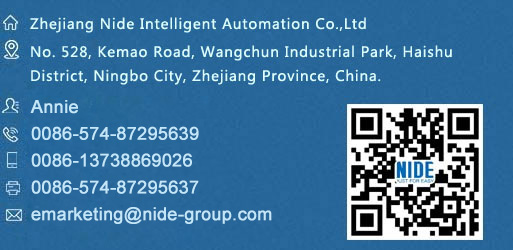

Brushless DC electric motor (BLDC motors, BL motors) also known as electronically commutated motors (ECMs, EC motors) are synchronous motors that are powered by a DC electric source via an integrated inverter/switching power supply, which produces an AC electric signal to drive the motor. Efficiency is a primary selling feature for BLDC motors. Because the rotor is the sole bearer of the magnets, it requires no power, i.e., no connections, no commutator, and no brushes.
A brushed DC motor is an internally commutated electric motor designed to be run from a direct current power source. Brushed motors were the first commercially important application of electric power to driving mechanical energy, and DC distribution systems were used for more than 100 years to operate motors in commercial and industrial buildings. The brushes charge the commutator inversely in polarity to the permanent magnet, in turn causing the armature to rotate. The rotation’s direction, clockwise and/or counterclockwise, can be reversed easily by reversing the polarity of the brushes, i.e., reversing the leads on the battery.
The difference between BLDC and brush motor
1.Application:
Brushless motor: it is widely used in the machine which requires high rotation speed and control power.
Brush motor: it is widely used in the motors with carbon brush, like fan motor, power tools etc.
2.Life span
Brushless motor: the life span is more than 1 thousand hours
Brush motor: the life span is within 1 thousand hours.
3.Energy saving:
Brushless motor is far more efficiency and energy saving than the brush motors. For brush motor, it has to change carbon brush timely, otherwise, the motor might get damaged.

